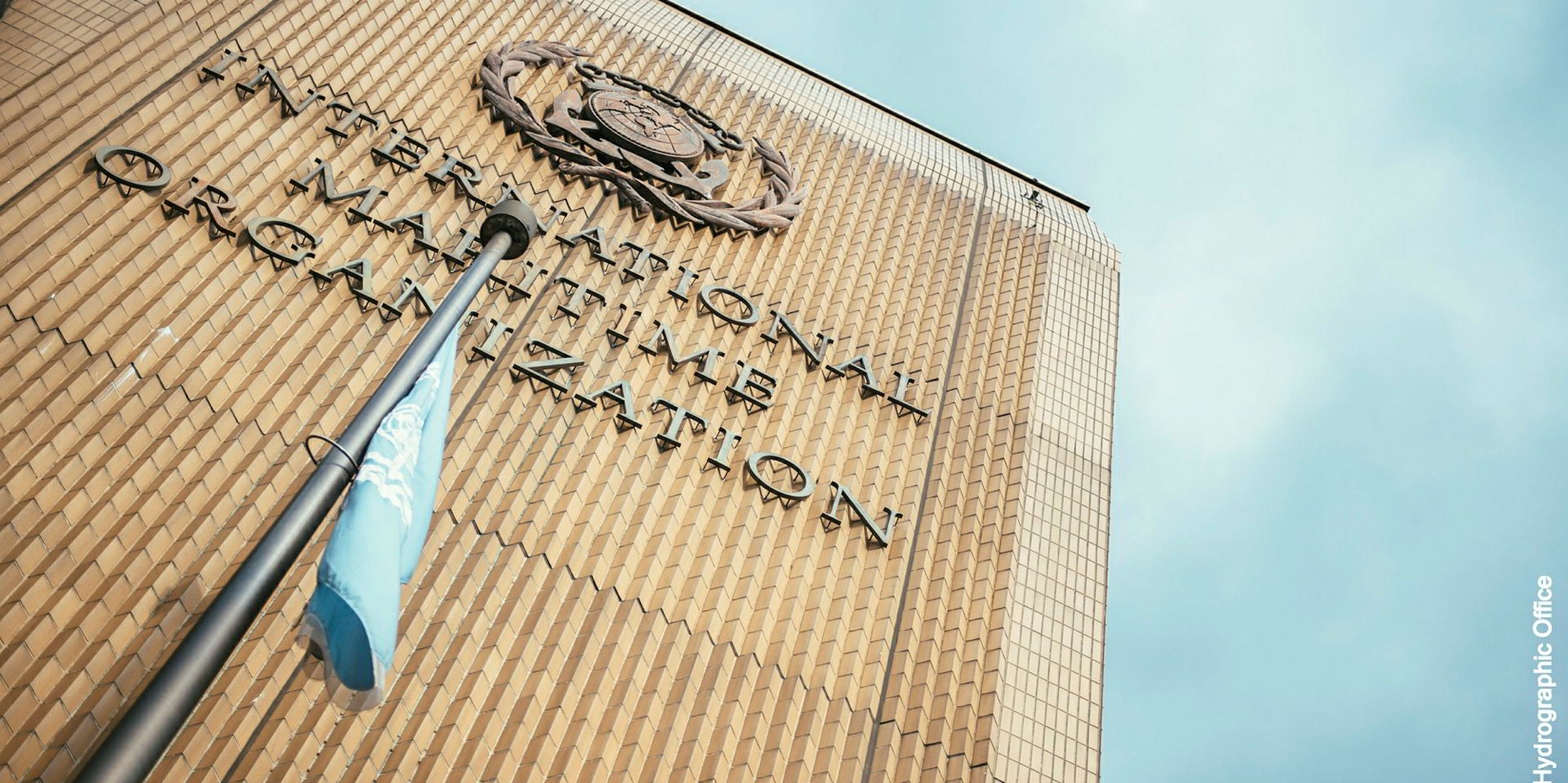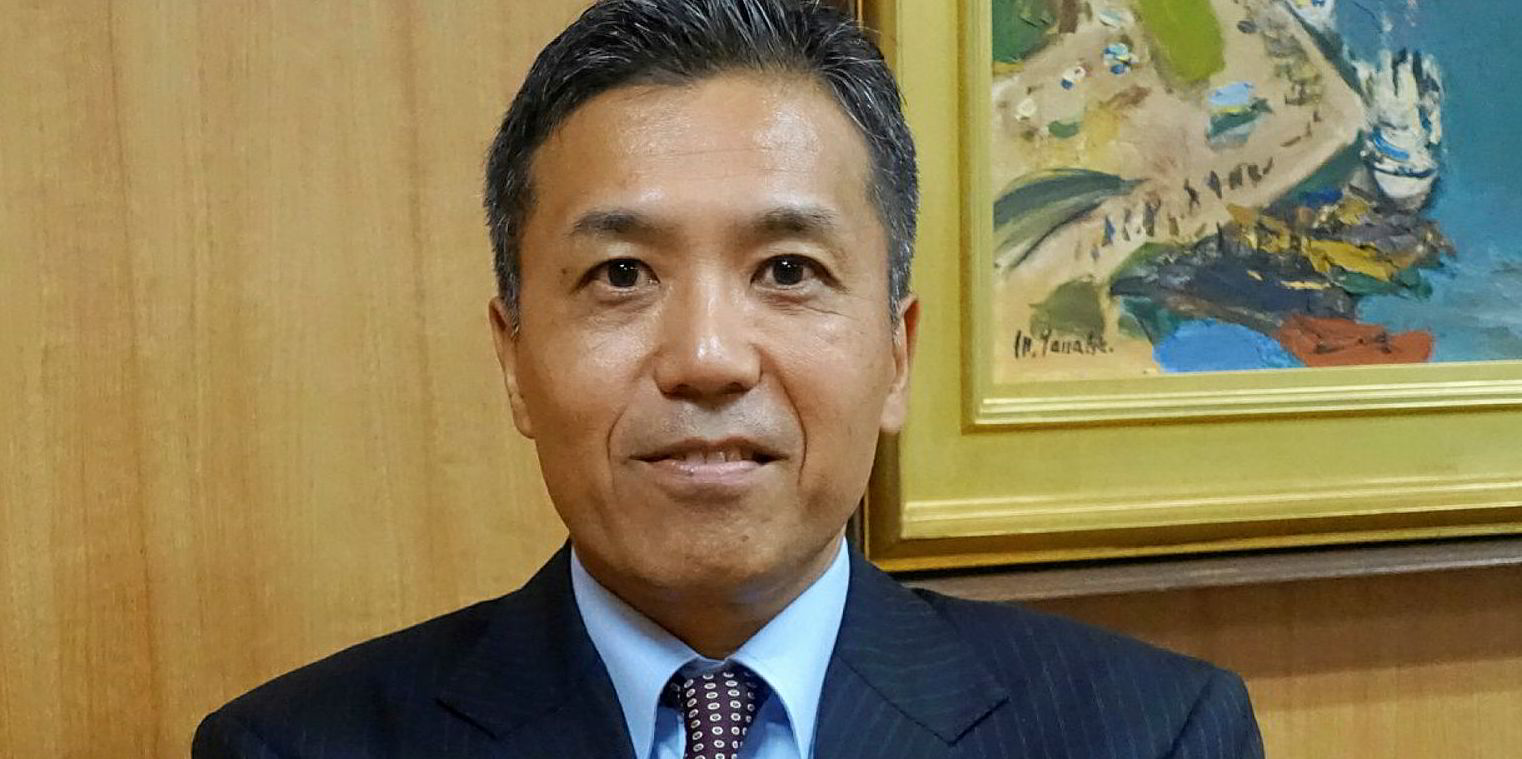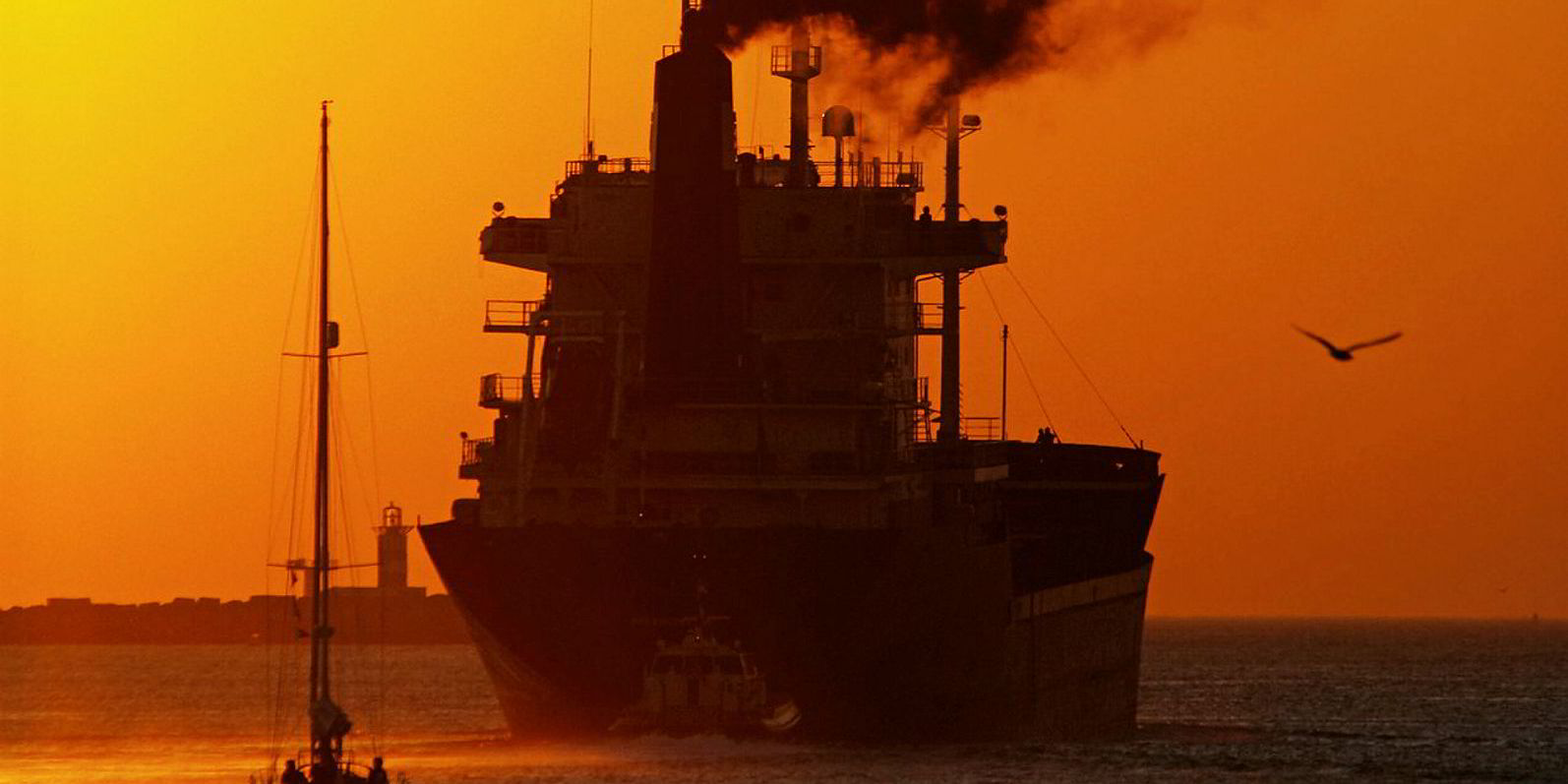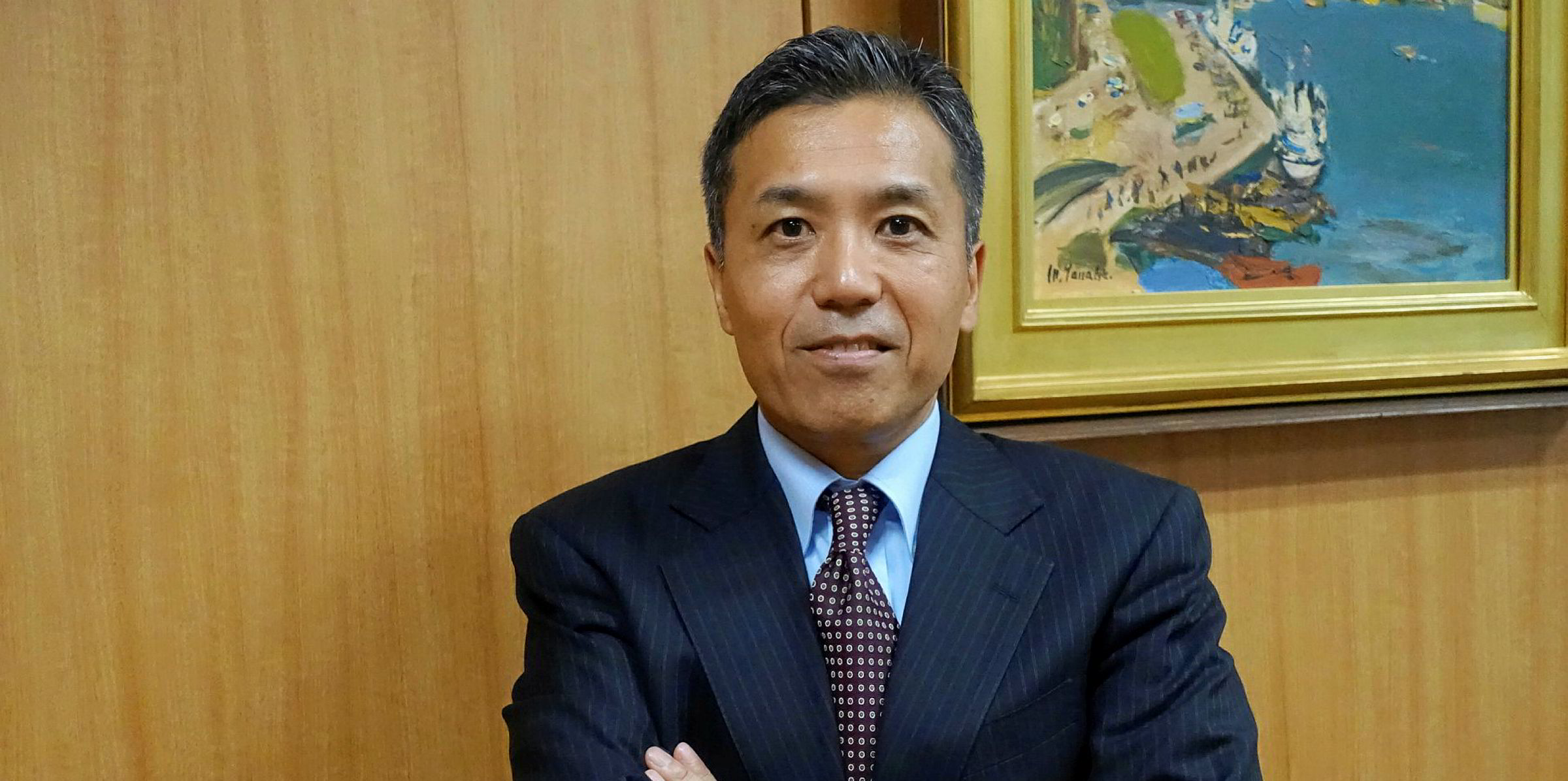The International Chamber of Shipping and Bimco have joined tanker industry association Intertanko in supporting a Japanese proposal to reduce shipping's carbon emissions to meet IMO targets for 2030.
Tokyo’s plan to set minimum technical efficiency standards for existing ships will come up for discussion at the IMO as the global shipping regulator is hoping to hone its future strategy.

Having won the support of the leading shipping groups — and with the backing of the world’s largest shipowning nation, Greece, and the world’s largest flag state, Panama — Japan's proposal now has the widest geographical flag state and shipowner support.
Hoping for EC support
Following talks in London last week, Tokyo officials are also hoping they will win the support of the European Commission.
Denmark and China will make counterproposals at the meeting that suggest taking very different approaches.
Japan’s idea is that a minimum technical efficiency standard for existing ships, known as the Energy Efficiency Existing Ship Index (EEXI) proposal, will be set as part of the industry drive to reduce its carbon footprint.
Under the scheme, the technical compliance with the efficiency standard will be verified at the vessel’s annual survey.
Ships that do not meet the standard will have the option to limit main engine power to reduce carbon emissions. However, although power on inefficient ships would be restricted, a safety power reserve would be built in, which could kick in if the ship encountered difficult seas or other safety issues.
What Japan is saying ticks a lot of boxes. They can get the IMO moving quickly on greenhouse gases and get a scheme off the ground that can be improved along the way.
IMO observer
The architects’ of the scheme are estimating that it could achieve a 49% improvement in operational efficiency of the world fleet by 2030, which would be more than enough to achieve the IMO’s goal of reducing the industry's carbon intensity by 40%, compared with 2008 levels.
Japan’s approach is fundamentally different to the counterproposal on the table from Denmark, which is supported by France and Germany.
Denmark’s idea is that each ship is designated an annual efficiency ratio (AER) and the overall performance of the vessel against the standard is assessed at the end of each year.
Shipowners would be free to choose operational measures to achieve the efficiency target. Ships that fail to achieve the target could have their AER certificate revoked at the following annual survey, which would put the ship out of compliance with the Marpol convention and unable to trade.
A similar scheme, which puts an emphasis on operational measures, is being proposed by China.
China’s idea is to assign each ship a Carbon Intensity Index, which a ship would strive to achieve through operational measures.
Officials at Japan’s Ministry of Land Infrastructure Transport and Tourism (MLIT) were in London last week to explain their ideas to the EC.
They were keen to try to win over the EC by getting across the scheme's main advantage in that it brings certainty over the efficiency of the world fleet.
Tokyo believes a big advantage of the proposal is that inefficient ships that cannot achieve the efficiency standard would be immediately eliminated from the fleet, and unable to trade on polluting the environment.
A technical minimum standard would also be introduced for the world fleet, which matches the efficiency standards for newbuildings under the EEXI.
Scrapping incentive
The scheme also provides an immediate incentive for owners to demolish inefficient ships and replace them with less-polluting efficient newbuildings.
The EC could play an important role in deciding which proposal goes forward. It usually comes to a unified position on important IMO matters but on this occasion it is split between Greece and Norway backing Japan and a Northern alliance of Germany and France backing Denmark’s proposal.
However, the Japanese proposal has wider geographical flag state and shipowner support and Tokyo officials are hoping they can add the EC to the scheme's backers.
"What Japan is saying ticks a lot of boxes," an IMO observer said. "They can get the IMO moving quickly on greenhouse gases and get a scheme off the ground that can be improved along the way."
Tokyo officials have already told the EC they would be willing to compromise with the Danish position and gradually add operational performance standards to its EEXI scheme.
Japan believes the IMO Marine Environment Protection Committee could approve its proposal when it next meets.
The committee is headed by MLIT official Hideaki Saito.
If it is approved, it would be written into the Marpol Convention and enter into force by 2023, two years ahead of the IMO’s scheduled programme to reduce greenhouse gasses.
All ships would then have to comply with the EEXI at the first annual survey after 2023. However, there is another idea that ships should be forced to comply by the second annual survey after it enters into force.
That would give owners more time to adopt energy saving technology and meet the technical efficiency standards without having to limit engine power.






